Tortuga Island, Gulf of Nicoya: A Breath of Fresh Air for the Reefs
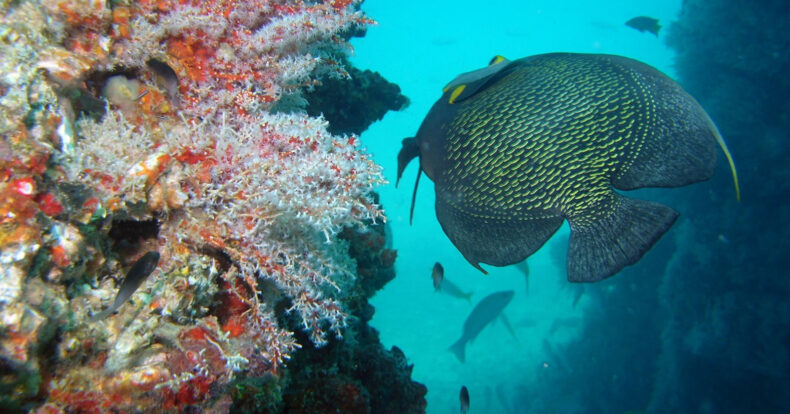
Tortuga Island, Gulf of Nicoya
The coral reefs surrounding Tortuga Island are experiencing a renaissance thanks to an innovative coral restoration project led by local institutions and communities committed to marine conservation. Since its inception in August 2024, this effort has made significant progress in restoring marine ecosystems affected by both natural and human-induced degradation, offering a ray of hope amid a global coral bleaching crisis.
The project is the result of a collaboration between the State Distance University (UNED) in Puntarenas, the Nautical Fishing Center of the National Learning Institute (INA), the PROLAB laboratory, and the company Bay Island Cruises. Between June and September 2024, 1,050 coral fragments were transplanted, with another 300 added in the first months of 2025. In total, approximately 9,745.51 cm³ of coral have already been cultivated, a promising figure that augurs well for the recovery of coral and fish populations in the area.
Tortuga Island: Restoration Project with Impact
The initiative uses advanced coral gardening techniques such as “coral trees”—multi-level structures where fragments are suspended—and “clotheslines,” which allow corals to grow in optimal conditions of light, oxygenation, and protection from predators. These structures are anchored to the seabed and float at a depth of about five meters.
This project was born after an assessment revealed that the reefs of Tortuga Island were completely degraded as a result of sedimentation, pollution, and overexploitation.
Corals are the tropical forests of the ocean. They are important habitats that support at least 25% of marine life and 33% of fish diversity, as well as being a key driver of tourism in the region.
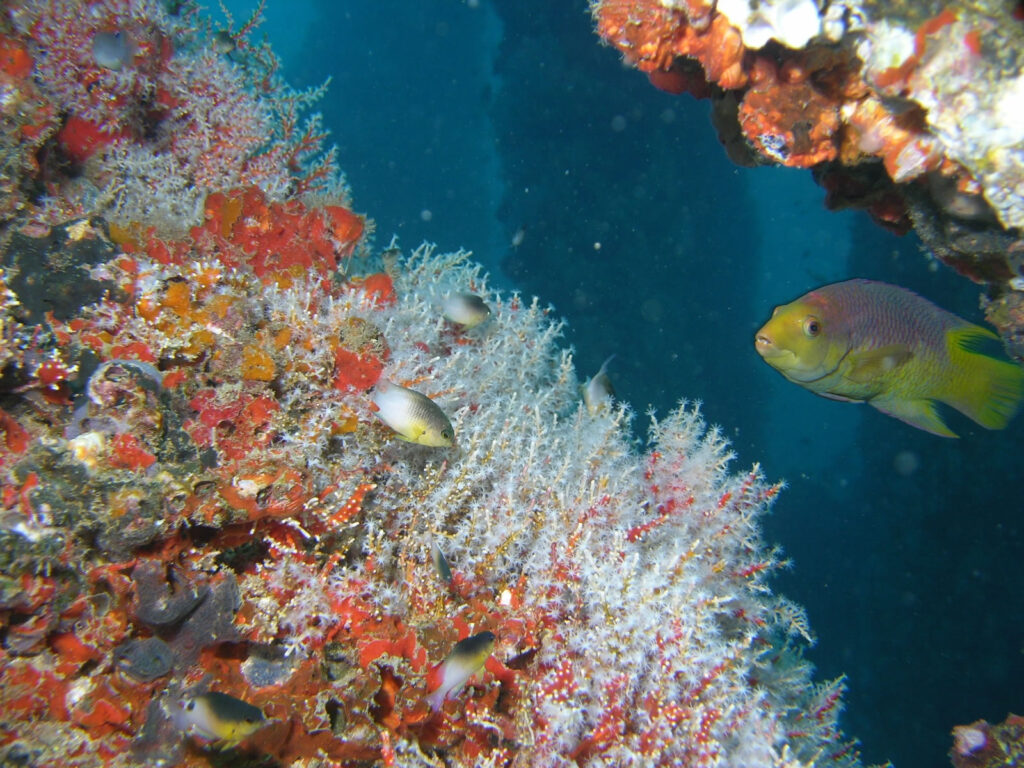
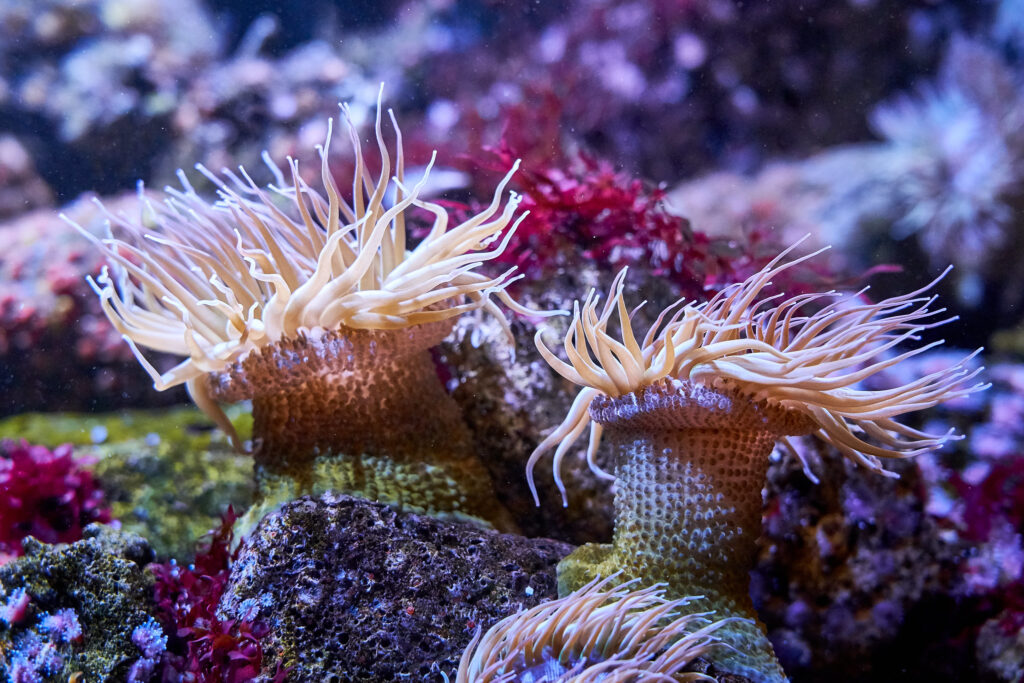
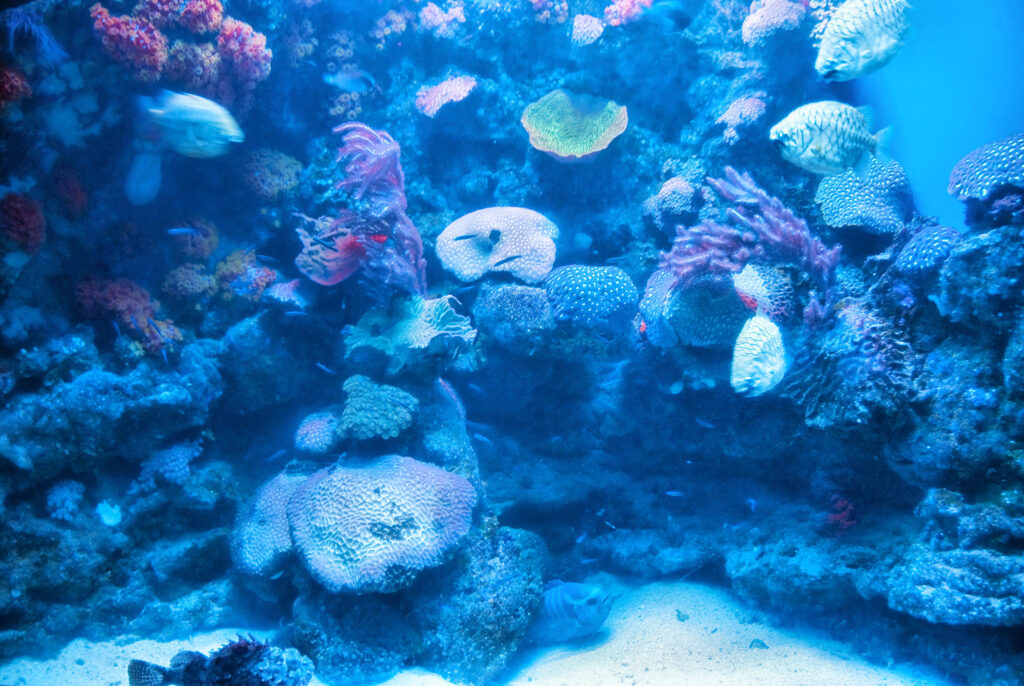
Community and Science: A Vital Alliance
Sindy Scafidi, representative of UNED, highlighted the broader impact of the project.
The research in this area lets us rescue, produce, and multiply corals, helping the region grow in a sustainable way so these species, which are a big tourist draw, can be saved.
The active participation of local communities strengthens the sense of belonging and ensures long-term conservation.
This local example contrasts with a worrying global reality. A recent report by the International Coral Reef Initiative (ICRI) indicates that 84% of the world’s reefs have been affected by the most intense bleaching event on record, driven by ocean warming. Since January 2023, 82 countries have reported damage, and the crisis continues. In Costa Rica, 77% of coral ecosystems face severe threats, mainly from human activities such as sedimentation, pollution, and overexploitation of resources.
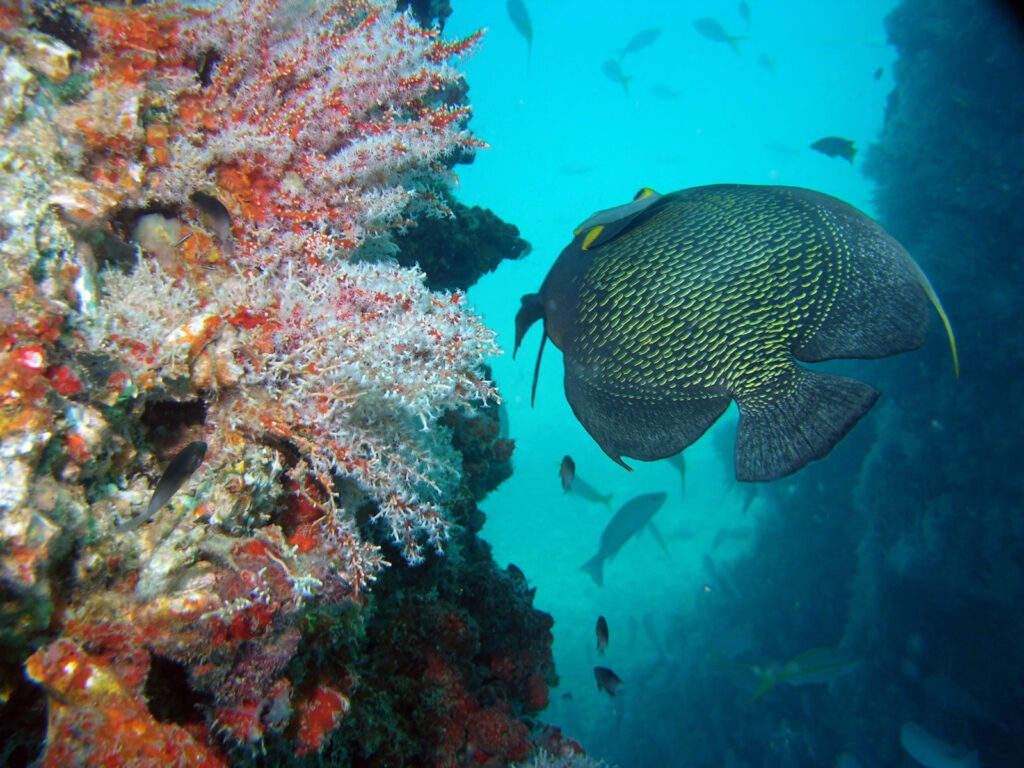
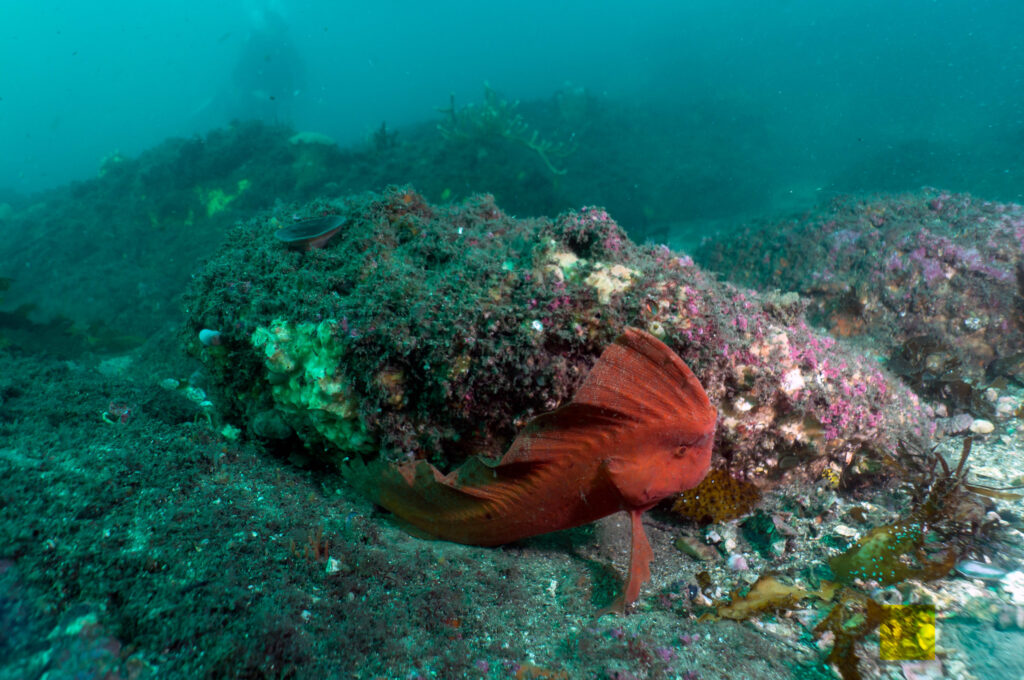
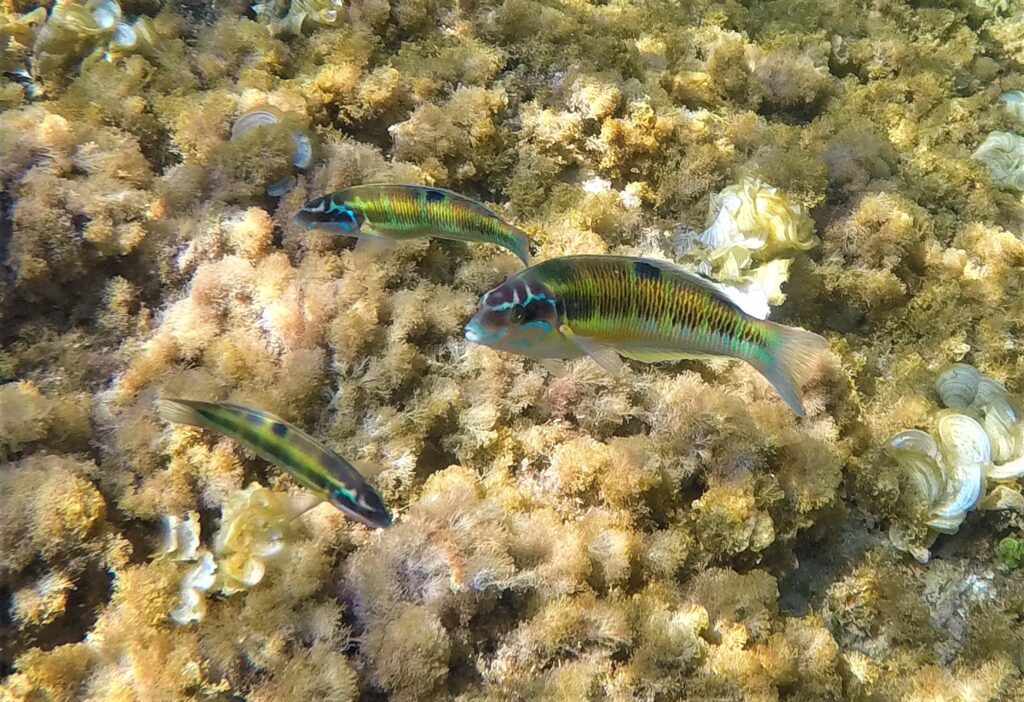
Despite these challenges, the project on Tortuga Island is proving resilient. By focusing on species adapted to the conditions of the Gulf of Nicoya and applying innovative cultivation techniques, the initiative is rebuilding reefs capable of withstanding environmental stress. Bay Island Cruises has facilitated access to the site for divers and researchers, playing a key role in the project.
A National Commitment to the Sea
This effort joins other coral restoration initiatives in the country, such as the Sámara Project, which has already planted 2,000 corals and aims to reach 3,000 by the end of the year. Together, these projects reflect Costa Rica’s commitment to marine conservation, providing a model for other regions facing reef degradation.
As global temperatures continue to rise and oceans absorb much of the excess heat, experts insist on the urgency of combining ecological restoration with climate action. The coral garden on Tortuga Island stands as a symbol of hope, demonstrating that focused community efforts can revive vital ecosystems, even in the face of unprecedented challenges.
Sensorial Sunsets
Navigate articles





